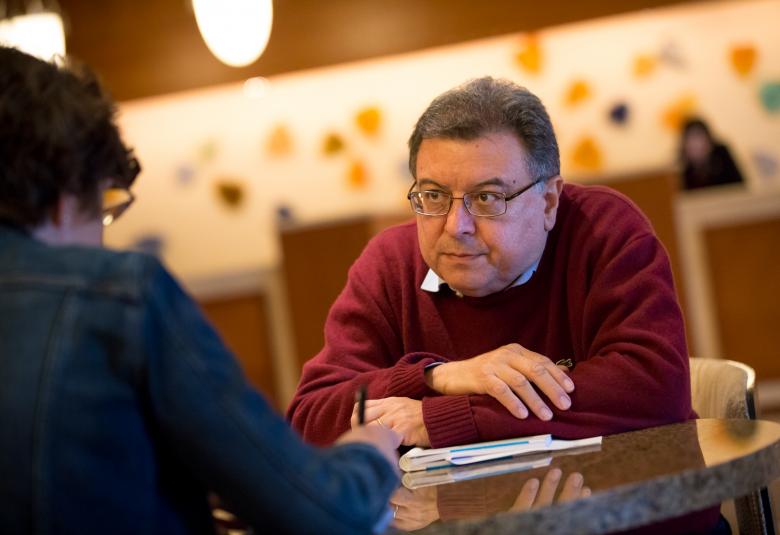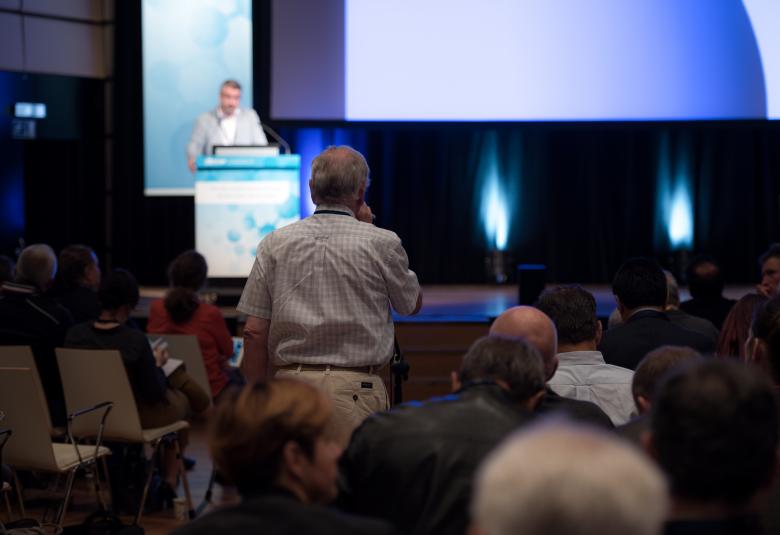The Research on Asian Psychotropic Prescription Pattern (REAP) studies provide unique insights into how disease presentation and prescribing patterns differ from those in the West and between Asian countries. The latest data were discussed at CINP 2018.
Research on Asian Prescription Pattern (REAP) is the largest and longest international collaborative research project in psychiatry in Asia.1 Six surveys have now taken place since 2001, and the latest studied prescriptions for antipsychotics from a total of 3744 patients in 15 countries between April and June 2016. Professor Andi Tanra (Hasanuddin University, Indonesia) presented the fascinating new data at a CINP 2018 symposium.
REAP brings rich harvest of data
Prescription patterns differ greatly between countries
His main message was that there were significantly different prescription patterns between Asian countries2:
- 42% of patients were prescribed more than 1 antipsychotic, but polypharmacy rates ranged from 59% in Vietnam to 22% in Myanmar
- Overall the mean number of antipsychotics used was 1.5
- Mood stabilizers were prescribed in 35% of patients from China but only 1% from Bangladesh
- Other groups of drugs also showed a wide variation in prescription rates including:
- Antidepressants (Korea 37% compared to Bangladesh 0%)
- Anxiolytics (Pakistan 56% compared to Myanmar 9%)
- Hypnotics (Japan 61% compared to Sri Lanka and Myanmar 0%)
- Anti-Parkinsonian drugs (Bangladesh 88% compared to Vietnam 11%)
Incidence of psychiatric symptoms
Incidence of delusions ranged from 21% to 93% and hallucinations from 23% to 86%
Professor Tanra then described how incidence of psychiatric symptoms also varied widely between countries:
- Delusions were a feature in 93% of patients from Bangladesh, while in only 21% of patients from Thailand
- Hallucinations and disorganized/catatonic behaviour were also common in Bangladesh (86% and 58% of patients, respectively), compared to only 23% of patients with hallucinations in Hong Kong and 7% of patients with disorganised behavior in Japan
- Negative symptoms ranged from 64% in Japan to 10% in Thailand
- Affective symptoms ranged from 30% in Vietnam to 3% in Thailand
- The highest levels of verbal and physical aggression (78% and 63%, respectively) were reported in Pakistan, whilst the lowest levels (3% and 0%, respectively) were in Hong Kong
- Social/occupational dysfunction was generally high (up to 65% in Japan) but only 4% in Thailand.
Prescribing for these major symptoms showed predominantly an ‘atypical plus other agent’ pattern being used to treat delusions, negative symptoms and affective symptoms.
Reporting of adverse effects
Interestingly, there were also some significant differences between countries when looking at the reporting of adverse effects. Movement disorders ranged from 46% in Vietnam to 14% in Indonesia; metabolic dysfunction affected 50% of patients in China but only 9% in Korea; autonomic symptoms were extremely high in Bangladesh (91%) but only 7% in Hong Kong; and endocrinology side effects were 28% in Bangladesh but not reported at all (0%) in Hong Kong.
Improving prescribing behaviour
Prof Tanra concluded that atypical antipsychotics were taking over from typical antipsychotics as the most common treatment for schizophrenia in most Asian countries. They are generally being used in combination with other psychotropics to treat the major symptoms associated with schizophrenia.
Autonomic dysfunction and movement disorders are prominent, but metabolic dysfunction is becoming a more significant issue
There are also significant differences between countries in presenting symptoms and in the adverse effects that are reported. Autonomic dysfunction and movement disorders are prominent, but metabolic dysfunction is becoming a more significant issue. The hope is that the insight this data provides will help to improve prescribing behaviour in Asia, and encourage further research in this area amongst young Asian psychiatrists.
This Satellite Symposium was sponsored by AsCNP/Sumiomo Dainippon Pharma




